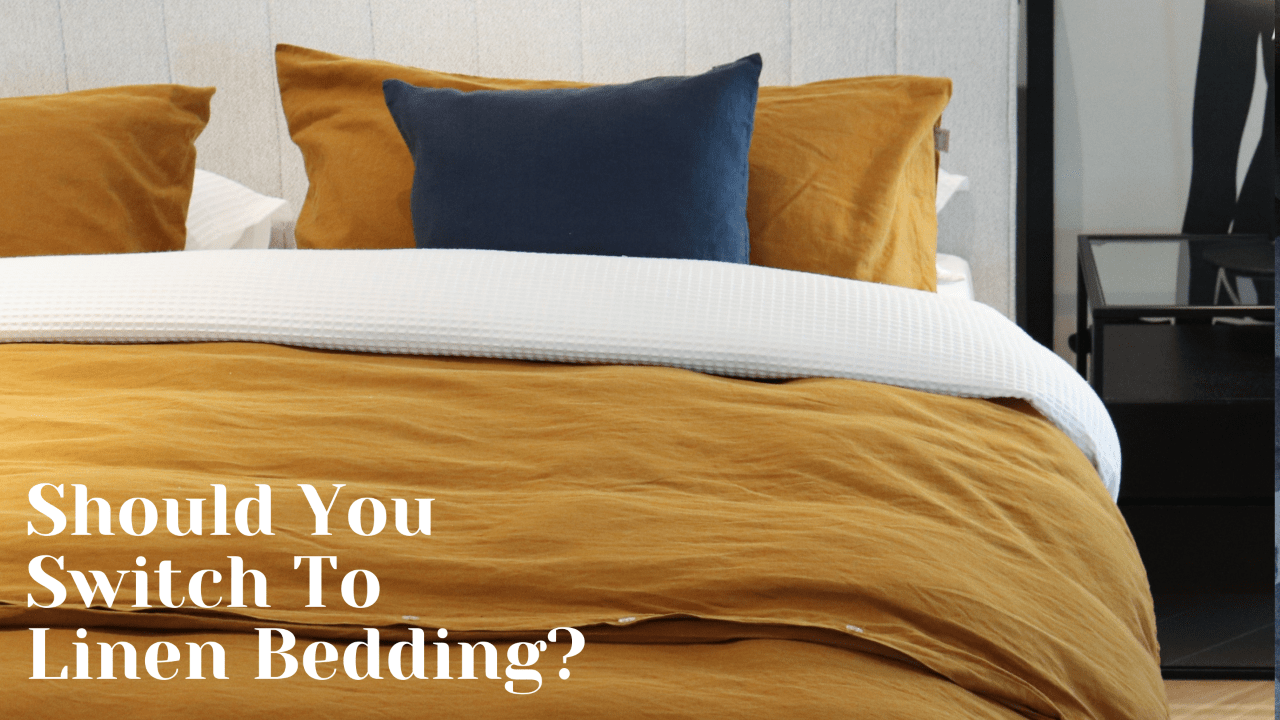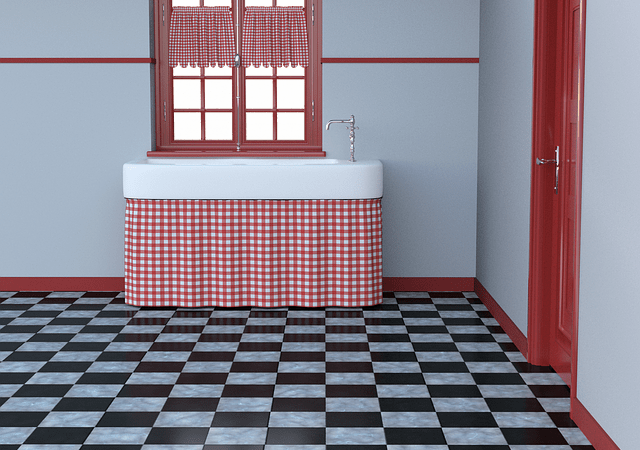Should You Switch To Linen Bedding?

The average person spends eight hours per night, seven days per week sleeping. If you live until the age of 90—that means you are sleeping for 30 years of your life! Sleep is essential for all humans, so it’s important that you make the most of your time in bed. Sleep helps you rest and recover and allows you to approach the start of each new day refreshed.
When you think about slipping into bed at the end of the day, you most likely think about the softness and coolness of the sheets and the feeling of the fabric against your skin. There’s a feeling of comfort and relaxation that comes from quality bed linens. It’s one of the reasons people tend to sleep so well in hotels—the business owners know the power of a good night’s sleep and invest in quality linens for their guests.
The type and style of bedding you choose for your bed is an individual choice, depending on the specific qualities you want for your sheets and duvet covers. Before you decide which sheets are best for you, take a moment to learn about linen and consider how linen bedding is made.
What is Linen?
Linen is a light, lint-free fabric that can absorb more moisture than cotton without the material itself becoming damp. Linen is three times stronger than cotton, so it will stay beautiful for years, no matter how often you wash it.
How is Linen Made?
Linen is a natural textile made from fibres of the flax plant. It is a thick and durable fabric that is quite difficult and labour-intensive to produce, but the end result is a strong and breathable material. Before cotton was introduced, linen was widely spun, and the fabric was used to create clothing and household materials. The daily use of linen has declined over the last 50 years because of the mass production of cotton and the introduction of synthetic materials. As we entered the 21st century, designers and consumers have started to reconsider the benefits of linen.
Why is Linen Bedding Unique?
Linen is the most environmentally-friendly textile in the world. During the first 100 days of the flax plant’s growth, it needs very little water to thrive. Due to its strength and resilience, the use of pesticides is not necessary. Once mature, the entire plant is processed into linen, and very little of the plant is wasted. Compared to cotton, a minimal amount of chemicals are needed to produce the linen. Linen is also three times stronger than cotton and lasts for years. The soft, 100% natural linen fabric also feels great against the skin, resulting in a better night’s sleep.
What is Coco Linen?
Coco linen is a natural fabric made from a blend of cotton and linen. The blend of natural fibres combines the softness and comfort of cotton with the strength and durability of linen.
Benefits of Linen
Linen bedding has been used for generations in homes around the world. Linen has a reputation for quality and durability, but there are a number of benefits and features of linen that make it an ideal choice for your home.
Eco-friendly
Linen is considered an environmentally-friendly choice because it is grown without the use of harsh chemicals or pesticides. Linen is also considered a low-water plant and can be grown effectively without environmentally harmful irrigation systems. As a natural material, it is also recyclable and biodegradable.
Durable
Linen has a reputation as the world’s strongest natural fibre—it’s twice as strong as cotton and the ideal choice for a linen duvet cover or sheet set and pillowcases. Coco linen blends the best of both worlds, combining the comfort and breathability of cotton with the durability of linen.
Adapts to Different Seasons
One of the most appealing features of linen fabric is its ability to adapt to different temperatures and seasons. Linen helps regulate temperature and allows you to sleep comfortably any time of year—from cool and comfortable in the summer to warm and cozy in the winter. Coco linen is a unique blend of cotton and linen and combines the best features of both materials. It creates an exceptional insulating effect that allows you to enjoy a more consistent temperature year-round.
Absorbs Moisture
Linen bedding such as duvet covers and flat sheets can absorb as much as 20% of their weight in moisture without feeling damp. That is why it is so comfortable to sleep on linen bedding in the summer.
Easy Cleaning
Linen bedding is easy to care for and is as simple to clean as cotton. Linen is distinct because it doesn’t require ironing—it maintains a naturally “wrinkled” look, which is part of its aesthetic. Although a linen duvet cover can feel a little rough at first, it becomes softer and more comfortable with each wash. Coco linen is also easy to clean, and the blend of cotton with linen makes it easy to clean and maintain.
Hypoallergenic and Antibacterial
Linen is an ideal fabric choice for bedding because it is naturally hypoallergenic. Used for centuries in Egypt because of its healing properties, linen can benefit people sensitive to dust and suffer from allergies or asthma. Linen also has antibacterial properties and is a natural antiseptic. This makes the fabric resistant to bacteria, fungi, and dust mites. Linen is often recommended for children to help ease symptoms of psoriasis and eczema.
Selecting Unique Coco Linen
Coco linen bedding from Maison Tess combines the best of both worlds—the softness and breathability of cotton with the durability and health benefits of linen. Unique coco linens are the ideal choice for comfortable and environmentally-friendly natural bedding—from fitted and flat sheets to pillowcases and duvet covers. Visit their catalogue today to see their wide range of linen and coco linen products.
![]()








